Pork has to be one of the most versatile foods when it comes to wine pairing. It’s rich but can be very light, and is generally not as fatty as steak. The best wine for pork will be something high in acidity. This could be white or red, or even rosé.
Acidity is essentially what makes wine food-friendly. A wine’s acidity is determined by various factors, but climate and grape variety are of utmost importance. Cooler climates, like Chablis in France, the Finger Lakes in New York, or Tokaj in Hungary, will generally produce higher-acid wines because the grapes ripen slower and later. Proximity to an ocean can also help wines develop acidity, because the cool breeze coming in will prevent the grapes from ripening too much.
Certain grapes are naturally higher in acid. For white wines, these include Riesling, Chenin Blanc, Furmint, and Chardonnay that hasn’t gone through malolactic fermentation. For reds, Gamay and Cabernet Franc. Earthiness in a red wine can also make it pair excellently with pork—so a grape like Nerello Mascalese, for example, which comes from the volcanic soils of Mount Etna in Sicily, is a great choice.
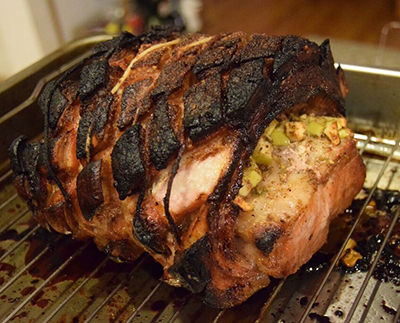
To test out pork and wine pairings, I teamed up with professional chef Paul Harrison, and he whipped up a fantastic porchetta that is ideal for a chilly night when you just want to kick it at home and try out a slightly more advanced recipe. A porchetta, essentially, is pork loin wrapped in a bundle of pork belly. Complete awesomeness, in other words. Paul got up at 8am to brine the porchetta, and made a mustard cider sauce to go with it. The result was absolutely amazing. This is a recipe to impress your significant other, for sure (Paul’s girlfriend, in fact, said something like, “This is why I fell in love with you” when eating the dish). Check out Paul’s very thorough recipe here.
These are the high-acid, earthy, and affordable wines we enjoyed with the porchetta. They will be perfect alongside any iteration of pork.
Reyneke Sauvignon Blanc Stellenbosch, 2013: $26
Coastal Region, South Africa
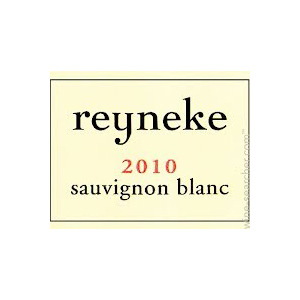
Sauvignon Blanc is a versatile wine that’s also very unique in its flavor profile. It’s typically bright and grassy, with green pepper notes on the nose and palate, and balanced acidity. Former semi-pro surfer turned winemaker Johan Reyneke took over his family’s farm in 1998 and has since established Reyneke as the first biodynamic winery in South Africa. This is a fresh-drinking Sauvignon Blanc that exhibits all the typical characteristics of the grape with minerality and finesse. It’s truly an excellent value.
Forge Cellars Riesling Les Allies, 2013 :$24
Finger Lakes, New York
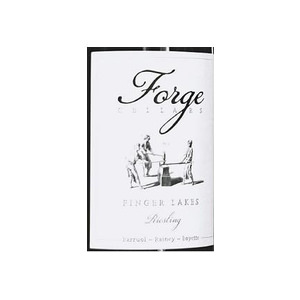
Riesling is native to Germany (where it’s commonly paired alongside pork) but New York’s Finger Lakes region is making itself known for producing quality Riesling wines that are dry, mineral, and full of wonderful acidity. Forge Cellars is a relatively new winery — their first vintage was 2011 — that makes delicious wine. One unique thing about this bottle is that it’s aged in barrels for a year, as opposed to just stainless steel vessels, which adds richness and structure to the wine. Another cool thing is that Forge Cellars is building a solar-powered, geothermal winery with the goal of being net-zero in energy production and consumption. This wine is great because it’s fuller-bodied, but also has beautiful acidity, ideal for pork.
Jean-Claude Chanudet, “La Cuvée du Chat,” 2013: $18
Gamay from Beaujolais, France
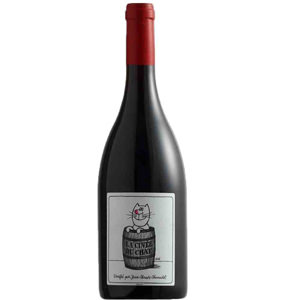
A Gamay wine from the Beaujolais region of France is a great choice if you’re in the mood for red. Gamay is one of the lightest red grapes, and outside France it’s grown in California and Oregon, amongst other places. Because of the cool climate in Beaujolais, Gamay from that region will have lively acidity and a fresh, mineral earthiness, which makes it perfect when paired with pork. This bottle is a fantastic example of Gamay from Beaujolais, but if you can’t find this exact producer there are many others to look for around this price-point.
Tenuta delle Terre Nere, “Etna Rosso,” 2014: $20
Nerello Mascalese & Nerello Cappuccio
Sicily, Italy
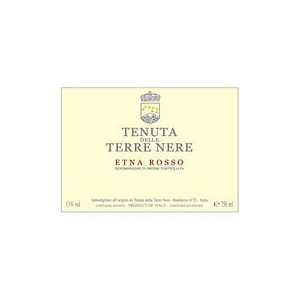
The grape Nerello Mascalese, which grows on the volcanic soils of Sicily’s Mount Etna, makes an under-appreciated food wine. It has robust fruit notes, including ripe cherries and dark currants, and a smooth, silky quality that marries beautifully with meat in your mouth, as well as bright minerality thanks to the elevation on Mount Etna and the volcanic ash in the soil. Tenuta delle Terre Nere is an outstanding producer of Enta Rosso, as the blend of Nerello Mascalese with a small amount of Nerello Cappuccio is called. Try it if you want a slightly fuller-bodied red that’s still relatively low in tannin.
